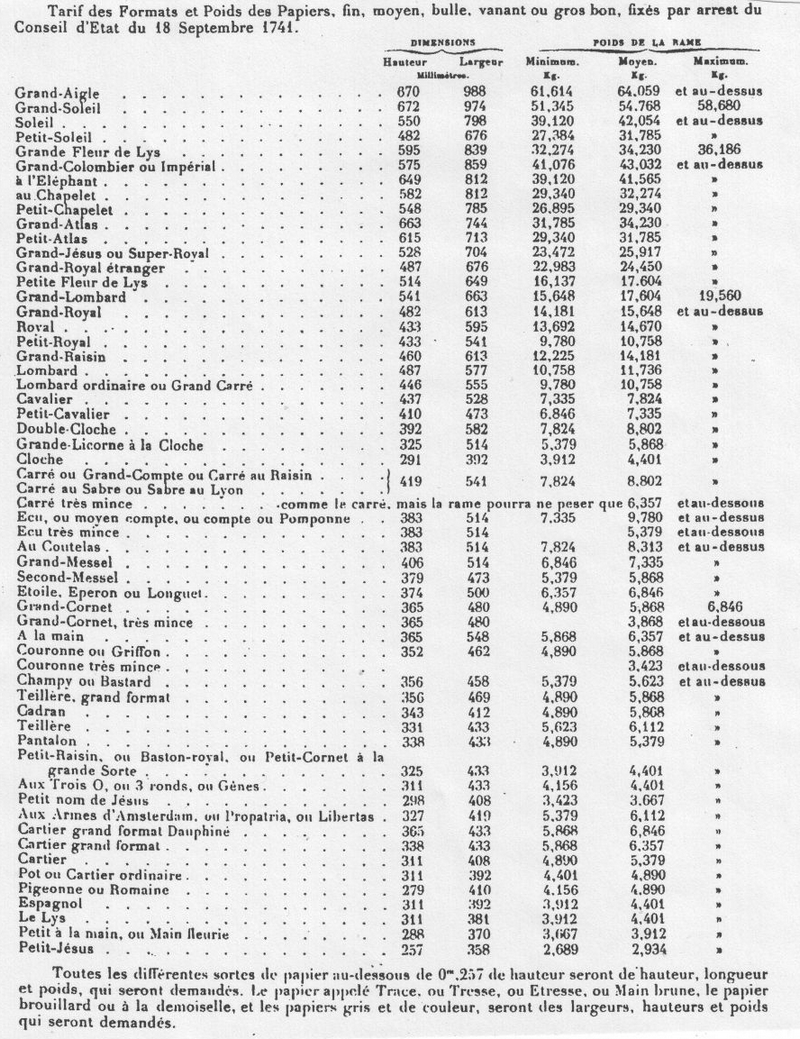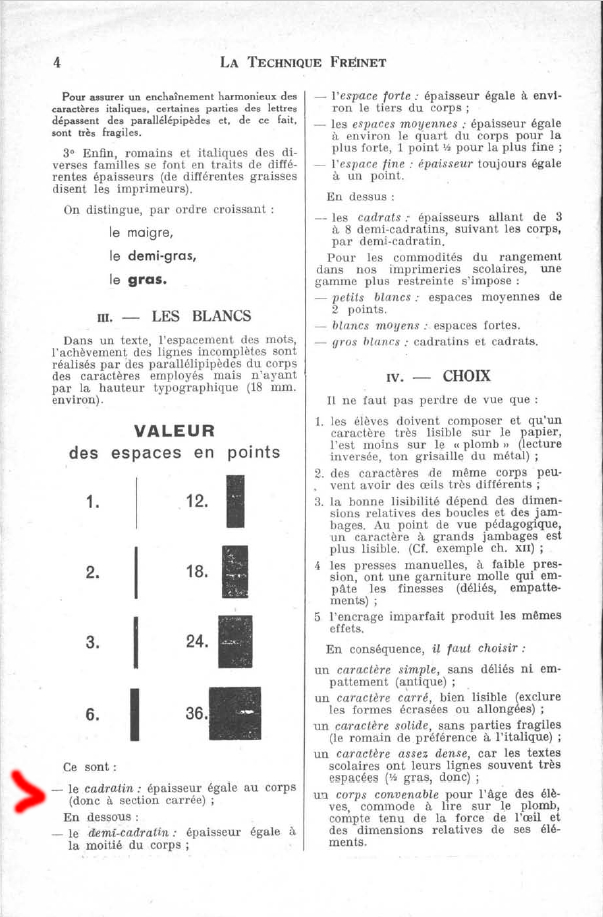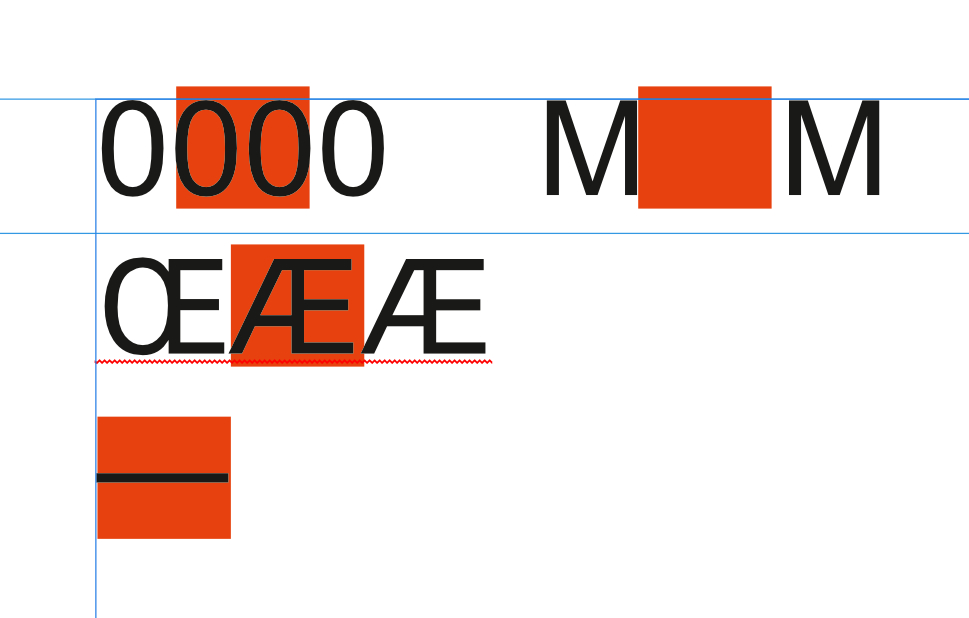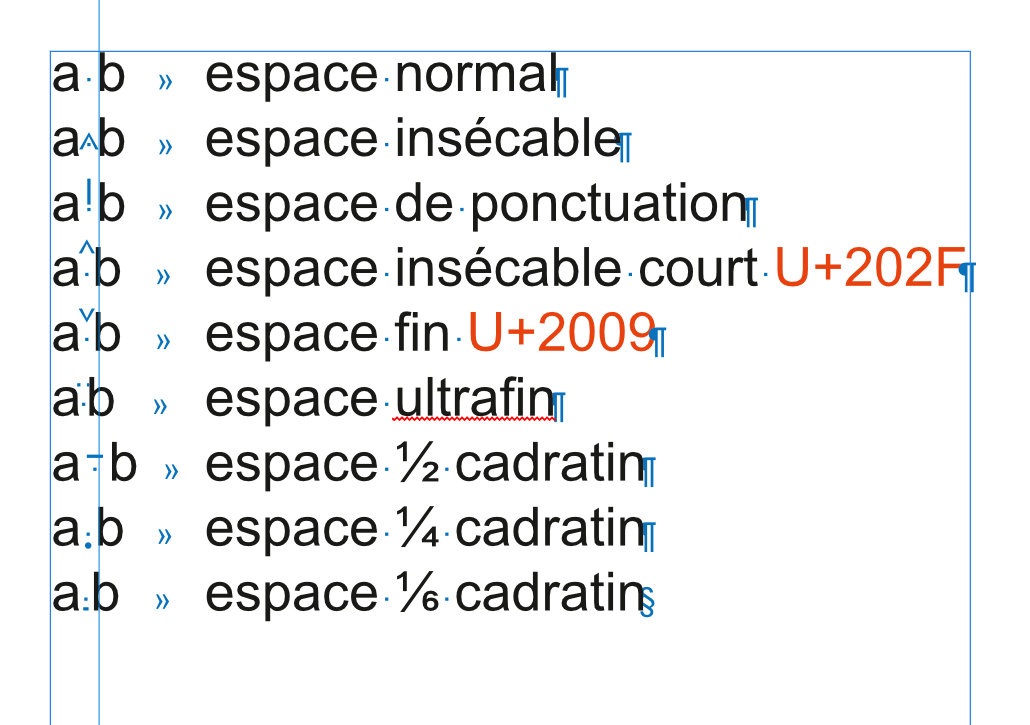-
Posts
409 -
Joined
-
Last visited
Everything posted by uneMule
-

Change to spot colour
uneMule replied to 21Pilots's topic in Pre-V2 Archive of Desktop Questions (macOS and Windows)
Hi @ all La séparation de couleurs et l'aperçu des surimpressions est très utile dans un studio. Cet ajout serait également bienvenu. The colour separation and overlay preview is very useful in a studio.This addition would also be welcome. -

Stock Vector Art Not Editable
uneMule replied to ChiaraB's topic in Pre-V2 Archive of Desktop Questions (macOS and Windows)
Bonjour à tous Ouvrir ce fichier eps avec acrobat permettra de vérifier s'il contient des objets vectoriels et éditables. L'extension eps n'est pas obligatoirement un indicateur de fichier vectoriel. Opening this eps file with acrobat will allow you to check if it contains vectorial and editable objects. The eps extension is not necessarily an indicator of a vector file. -
Hi @walt.farrell its me again. This is a new discovery. Especially for me This regex works, without any additional option: (%%%[\s\S]*?)(\bsed\b)([\s\S]*%%%) "...you can use a character class such as [\s\S] to match any character. This character matches a character that is either a whitespace character (including line break characters), or a character that is not a whitespace character." Source : https://www.regular-expressions.info/dot.html
-
@walt.farrell Bonsoir ou (?s) en début de motif. Ça permet de gérer l'option dans le motif. Plus joli. (?s)(%%%.*?)(\bsed\b)(.*%%%) Je me réveille un peu tard or (?s) at the beginning of the pattern. This allows to manage the option in the pattern. More pretty. (?s)(%%%.*?)(\bsed\b)(.*%%%) I wake up a little late
-

Spine Calculator
uneMule replied to Sam Neil's topic in Pre-V2 Archive of Desktop Questions (macOS and Windows)
Il me semble que nous sommes tous d'accord- 28 replies
-
- affinity publisher
- affinity designer
-
(and 1 more)
Tagged with:
-

Spine Calculator
uneMule replied to Sam Neil's topic in Pre-V2 Archive of Desktop Questions (macOS and Windows)
Vous avez raison. Mais ce n'est pas illusoire. Dans votre exemple, il s'agit sans doute de cahiers, qui peuvent avoir différentes finalités : superposés encartés, grecqués... Le type de fabrication influe sur l'épaisseur finale du dos. You are right. But it is not illusory. In your example, we are probably talking about booklet (cahier), which can have different purposes: superimposed, inset, sawing in... The type of manufacture influences too the final thickness of the spine.- 28 replies
-
- affinity publisher
- affinity designer
-
(and 1 more)
Tagged with:
-

Spine Calculator
uneMule replied to Sam Neil's topic in Pre-V2 Archive of Desktop Questions (macOS and Windows)
Hi @Lagarto Cela vient sans doute du fait qu'à grammage et type identique, l'épaisseur peut (légèrement) varier selon les références. Le calandrage à lui seul a son importance. Sur 600 pages, un écart significatif est vite trouvé. Et il y a la prise en compte des finitions. This is probably due to the fact that for the same weight and type, the thickness can vary (slightly) between references. For exemple, the calendering is important. On 600 pages, a significant difference is quickly found. And then there is the consideration of finishing.- 28 replies
-
- affinity publisher
- affinity designer
-
(and 1 more)
Tagged with:
-

Spine Calculator
uneMule replied to Sam Neil's topic in Pre-V2 Archive of Desktop Questions (macOS and Windows)
Hi @Sam Neil Vous avez donné la réponse. La meilleure solution est une maquette en blanc. Ou à défaut plier un cahier avec le papier utilisé et faire une règle de calcul. Sans oublier d'ajouter un peu d'espace en fonction de la finition. L'imprimeur doit être force de conseil. Attention au surprises, surtout si vous avez de l’embellissement sur votre couverture et qu'elle devrait être refaite. You have given the answer. The best solution is a blank model. Or alternatively, fold a notebook with the paper used and do a rule. Don't forget to add a little space depending on the finish. The printer should be able to advise you. Beware of surprises, especially if you have embellishment (vernish or other) on your cover and it should be redone.- 28 replies
-
- affinity publisher
- affinity designer
-
(and 1 more)
Tagged with:
-
Oui. Pour sûr. Et si on y ajoute les règles et les formats.... Ça apparait beaucoup dans les discussions sur le forum, mettre en regard les possibilités et adaptations proposées par l'application (corps, interlignage, approche, format...) et ce qui est propre à une période plus ancienne, avec ses règles et contraintes. Et ça donne lieu à de bonnes discussions Yes, for sure. And if you add the rules and formats.... This comes up a lot in the discussions on the forum, comparing the possibilities and adaptations offered by the application (size, line spacing, approach, format...) and what is specific to an older period, with its rules and constraints. And this leads to good discussions Source du document : https://www.papier-artisanal.com/les-formats-du-papier/
-
@Alfred C'est bon à savoir. Là, ça vient du latin. That's good to know. Here, that comes from Latin. ----- On déterre les vieux documents We dig up old documents Source du document (livret n° 46) : https://www.icem-freinet.fr/archives/benp/index.htm
-
Je le suis et c'est pas faux
-
on considère qu'il représente la chasse de deux 0. (ou un caractère fort comme OE). Et ce que reprend @Old Bruce est juste. Et, si je ne dis pas de bêtise, cadratin vient de carré. it is considered to represent the hunting of two 0s. (or a strong character like OE). And what @Old Bruce says is correct. And, if I'm not mistaken, " cadratin " comes from " carré " (square).
-
Oui, c'est vrai. La confusion vient sans doute du fait qu'il est souvent présenté comme tel. Yes, it is true. The confusion probably comes from the fact that it is often presented as such.
-
@raddadist Effectivement intéressant. Indeed interesting. @garrettm30 Je confirme. La même en Garamond. Mais l'espace cadratin est, ici, correct. I can confirm this. The same in Garamond. But the em space here is correct. That leaves a doubt.
-
@raddadist Néanmoins je vois une différence entre ce que vous obtenez et ce que j'obtiens. J'ai mis l'image à jour. Ici une représentation de la valeur du cadratin en fonction de la police. Les deux M séparés par un espace cadratin. Il semble trop fort. Nevertheless I see a difference between what you get and what I get. I have updated the image. Here is a representation of the value of the em as a function of the font. The two M's separated by a em space. It looks too strong.
-
Bonjour @walt.farrell Oui la valeur varie selon le corps, mais j'imagine que la question est relative à la règle. Effectivement, comme le remarque @raddadist l'espace fin est plus fort que le 1/6 de cadratin. On peut penser que c'est la valeur du cadratin qui est trop forte. Hi @walt.farrell Yes, the value varies according to the body, but I guess the question is relative to the rule. Indeed, as @ notes, the thin space is stronger than the 6 per em. One might think that it is the value of the cadratin that is too strong. Oui, ce sont les mêmes. Yes, they are the same.
-
Bonjour @raddadist Le quart de cadratin à la même valeur que l'espace fin (il semble même moins fort). En typographie, il est comparé à l'espace fin. Cela parait cohérent. On peut se demander si le cadratin n'est pas un peu fort. Hi @raddadist The 4 per em space has the same value as the thin space (it seems even less strong). In typography, it is compared to the thin space. This seems consistent. One might ask whether the em is not a bit strong. Police Arial v7.0 openType - Windows 10
-
Bonsoir @all This allows expressions to be copied or saved and ported to other environments. The attached capture is a search for a column break (empty picto!?) In the text block, copy/paste of searched character. Amusing, no? That said, it is a very interesting tool. oops. I realised I had put the character in replace. Obviously, it's in search. But the result is the same.
-
ça ressemble, oui.
-
Bonjour @walt.farrell. Alignement dans Designer avec Plume.
-

Processing RAW files
uneMule replied to mike21's topic in Pre-V2 Archive of Desktop Questions (macOS and Windows)
Bonjour @mike21 et @Old Bruce, d'autant que les réglages effectués au fichier Raw ne sont pas des modifications. Le fichier raw reste tel qu'il est. Ce qui est également intéressant, c'est de pouvoir bénéficier des évolutions des logiciels de "développement" et obtenir toujours de meilleurs résultat dans le traitement des raw anciens. Pour compléter, un fichier raw peut est codé entre 12 et 16 bits. Cela peut changer, entre autre, en fonctions de certains paramètres lors de la prise de vue. Ce format de fichier peut supporter une correction de +/- 2 EV. Personnellement, je vais plus loin que @Old Bruce dans le traitement. Mais chacun fait comme il l'entend, selon son organisation. ***** especially since the adjustments made to the Raw file are not modifications. The raw file remains as it is. What is also interesting is to be able to benefit from the evolutions of the "development" software and to obtain always better results in the processing of old raw. To complete, a raw file can be coded between 12 and 16 bits. This can change, among other things, depending on certain parameters during the shooting. This file format can support a correction of +/- 2 EV. Personally, I go further than @Old Bruce in processing. But as they say, everyone does what they want, according to their organisation.










